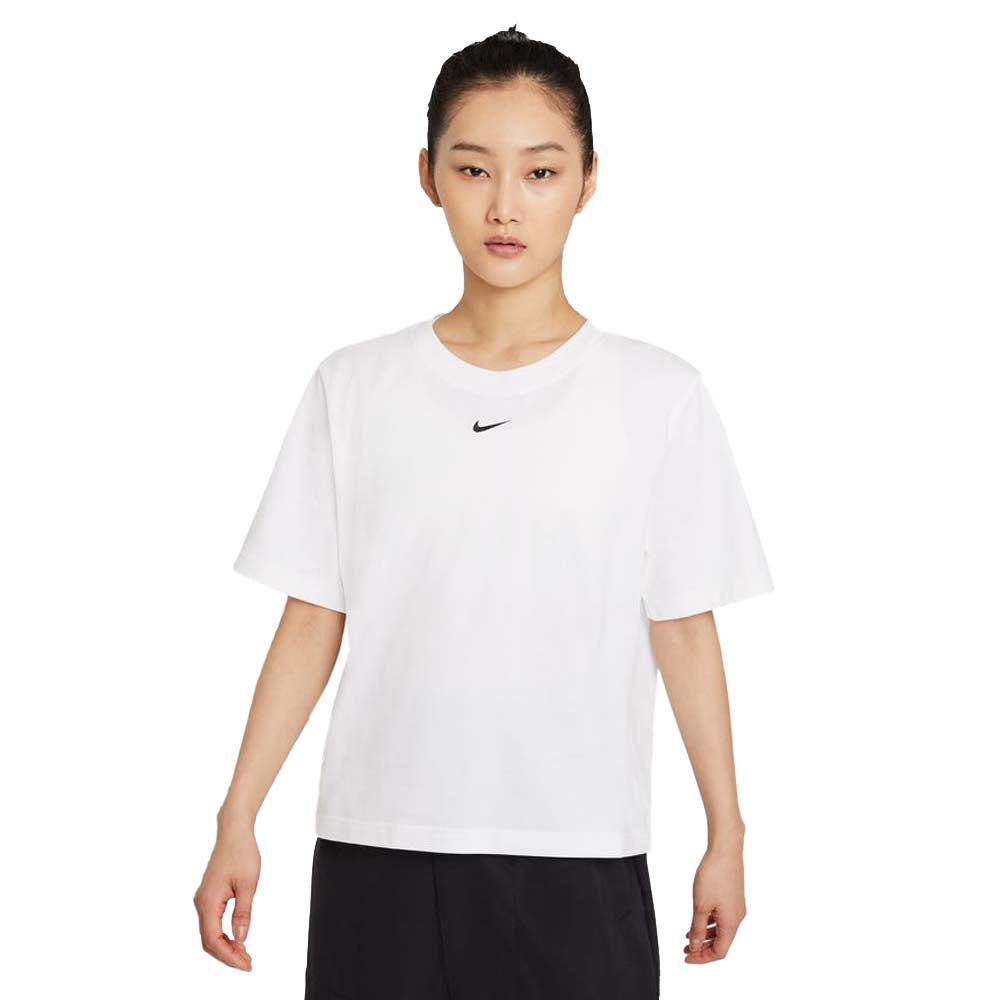Unlocking the Mystery of Athletes' Clothing Materials: What Material Do They Wear?
Athletes across various disciplines choose their attire carefully, and the materials they wear play a crucial role in their performance. But what material do athletes wear? This question delves into the intricate world of sports apparel and material science, revealing the sophisticated blend of fabrics that enhance athlete's comfort, durability, and performance.
At the core of athlete's clothing lies the need for breathability and moisture management. Polyester, a synthetic fiber, is a popular choice for sportswear due to its excellent moisture-wicking properties. Polyester fabrics can quickly absorb sweat and disperse it to the outer layer of the fabric, keeping the athlete dry and comfortable. This is crucial in high-intensity sports where temperature regulation is key.
For warmth and insulation, fleece, a synthetic fabric, is often used in cold-weather sportswear. Its soft, fuzzy texture traps air pockets, providing insulation against the cold while maintaining breathability.
Elasticity and stretchability are also essential for athlete's clothing, allowing for a full range of motion. Spandex, a synthetic elastomer, is often blended with other fibers to create fabrics that have excellent stretch and recovery properties. This blend is commonly found in tight-fitting sportswear like leggings, swimsuits, and compression wear.
Durability is another crucial factor, especially in contact sports or those that involve a lot of friction. Nylon, another synthetic fiber, is often used for its abrasion resistance and strength. It's commonly found in socks, jerseys, and other items that need to withstand repeated wear and tear.
Natural fibers like cotton and wool, though less commonly used in sportswear due to their limitations in moisture management and breathability, still find their place in specific applications. Cotton, for example, is still popular in casual sportswear or gym clothes due to its softness and affordability.
More recently, there has been a surge in the use of sustainable and eco-friendly materials in sportswear. Brands are increasingly turning to recycled polyester, organic cotton, and bamboo fibers to reduce their environmental impact while still providing high-performance fabrics.
In conclusion, the materials athletes wear are a carefully chosen blend of synthetic and natural fibers that aim to optimize performance, comfort, and durability. With advancements in material science, the options for athlete's clothing are constantly evolving, pushing the boundaries of what's possible in sportswear design.

Post Comment